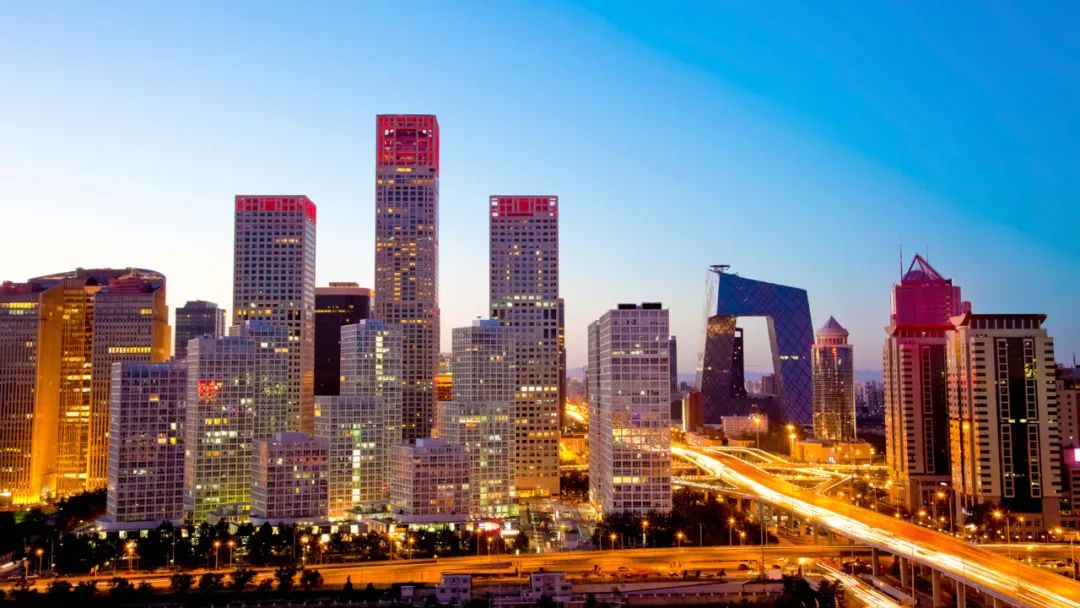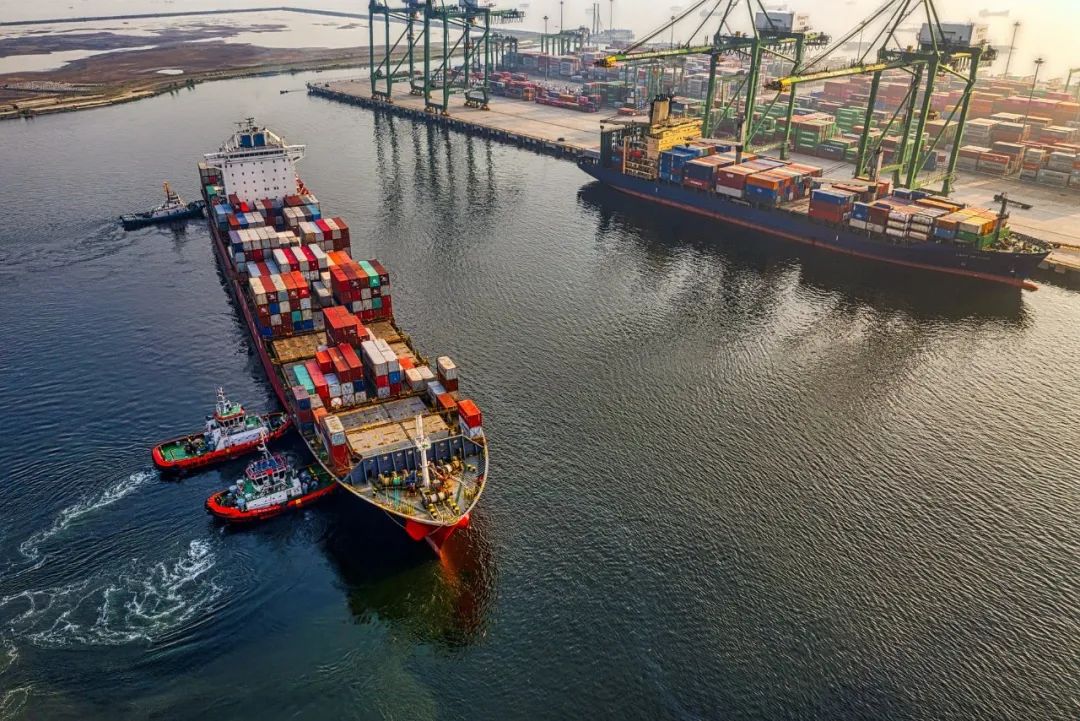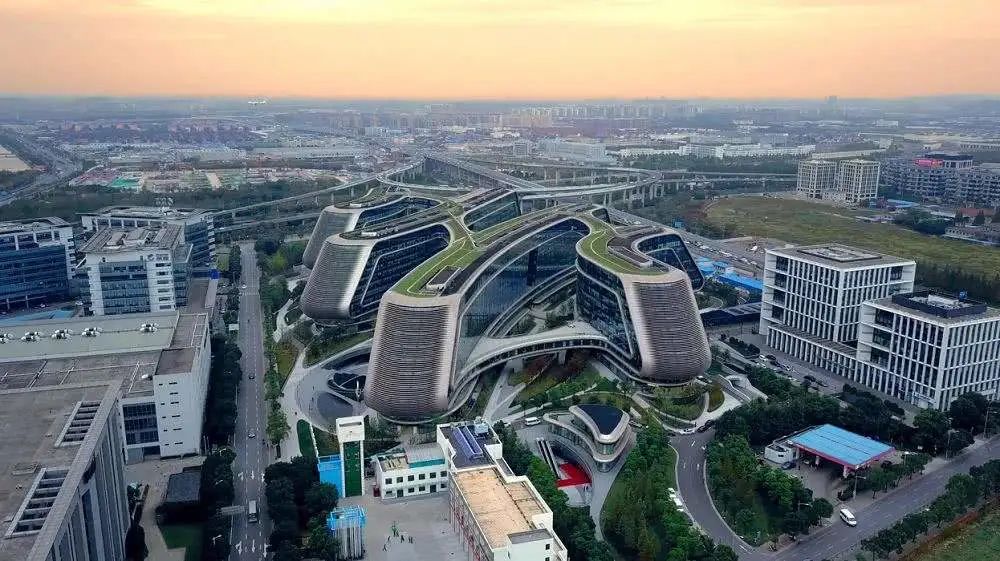China Q1 2022 Economic Data Overview– Key Points and Trends
 According to the recently released economic statistics by the National Bureau of Statistics and the Ministry of Commerce, China’s first quarter (Q1) growth exceeded expectations, with an increase of gross domestic product (GDP) by 4.8 percent and growing inflow of foreign direct investment (FDI) by 25.6 percent.
According to the recently released economic statistics by the National Bureau of Statistics and the Ministry of Commerce, China’s first quarter (Q1) growth exceeded expectations, with an increase of gross domestic product (GDP) by 4.8 percent and growing inflow of foreign direct investment (FDI) by 25.6 percent.




Moreover, consumption growth was a leading contributor to China’s Q1 economy. Chinese authorities are keenly promoting the integration of online and offline consumption, developing new consumption modes, and accelerating the quality and expansion of the rural consumption market – to sustain this consumption growth.
Looking forward, several macroeconomic policies and restructuring initiatives will gradually come to effect. Below are some areas to keep track of:
The establishment of a unified domestic market to bring more efficiency to market players by reducing transactional costs.
Tax cuts and increased support for real economy that offer enterprises relief during economic distress and stabilize jobs.
Development trend of entrepreneurship and innovation sectors featuring the high-tech manufacturing industry, namely information transmission, software, and IT services.
Online retail sales on the back of attractive cross-border e-commerce comprehensive pilot zones.
Health and pharmacy industries to likely see more growth amid the COVID outbreaks.
